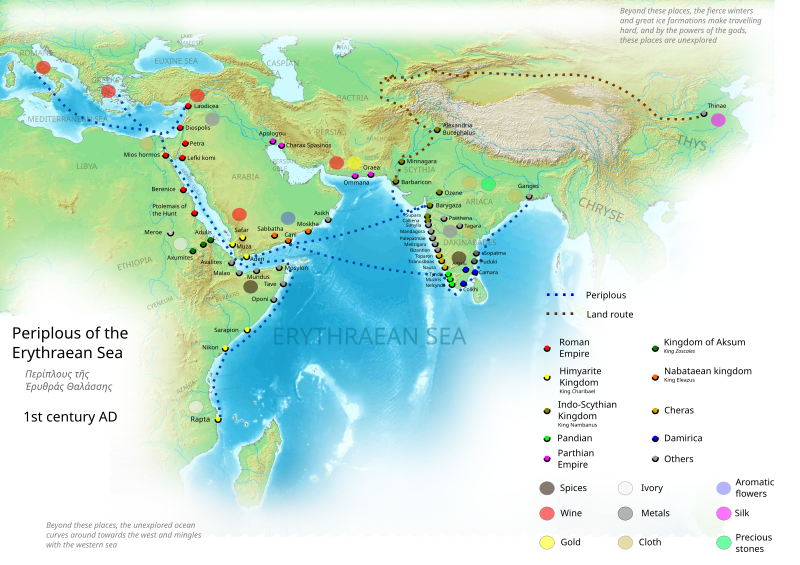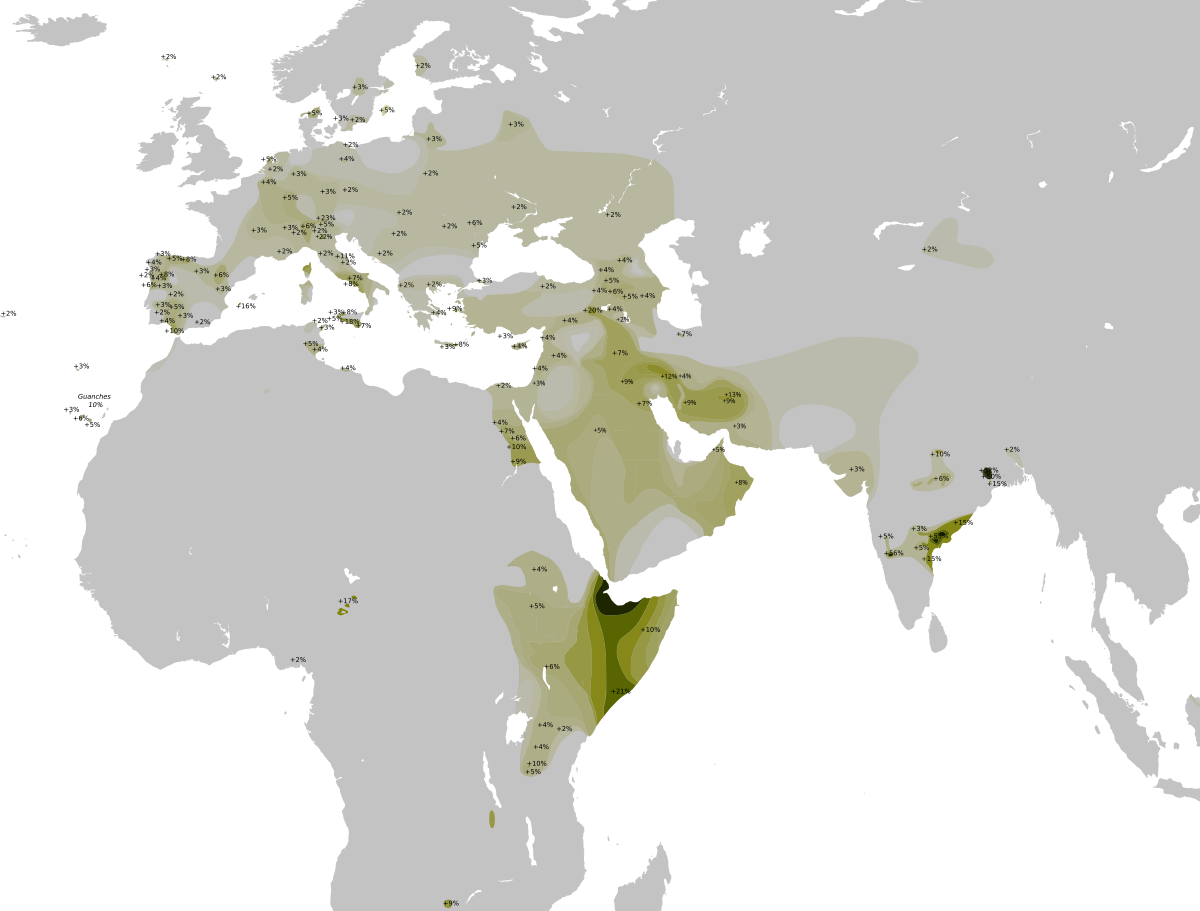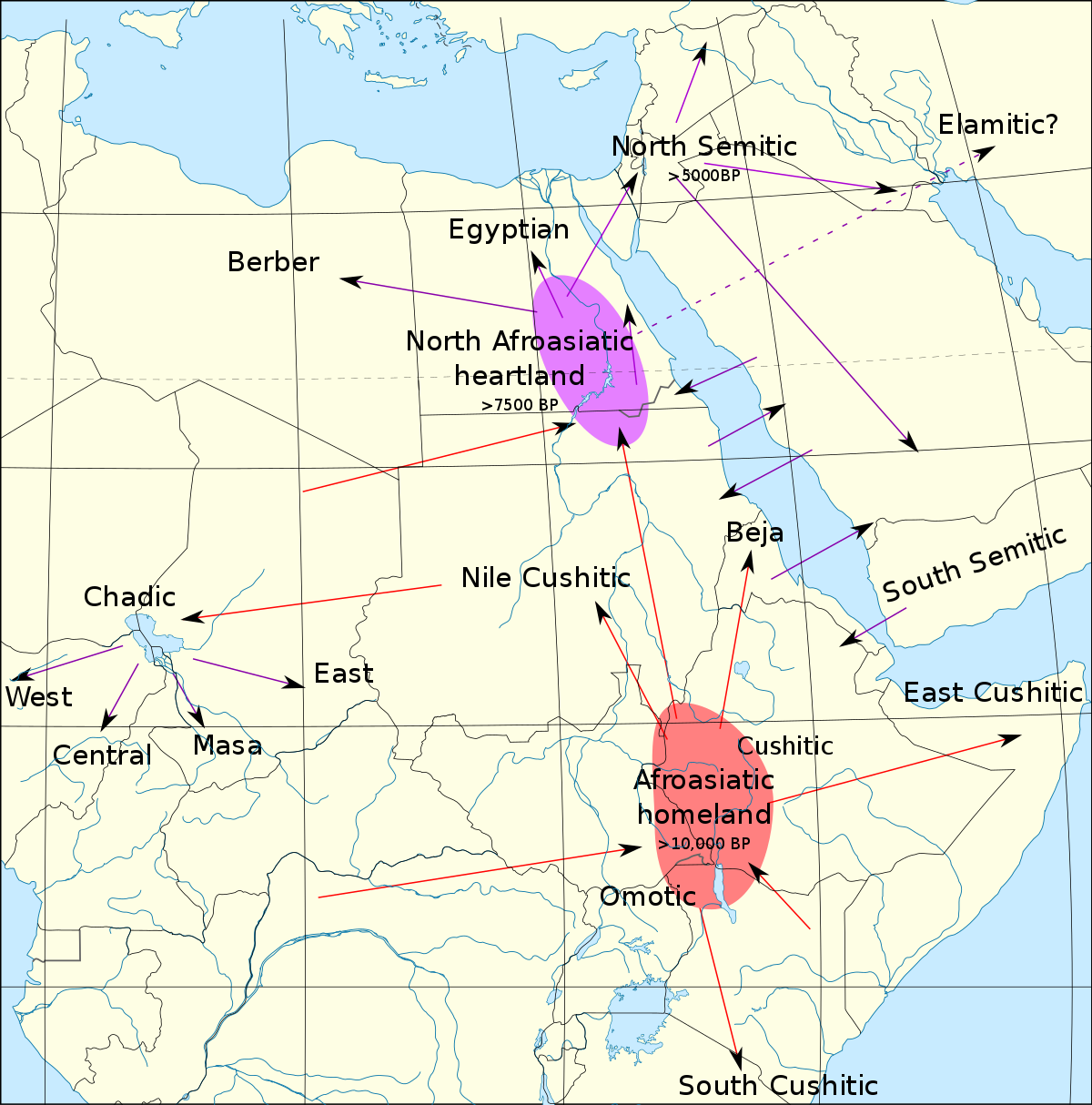Listen now you're using Mohamed Haji Mkhtar who recently admitted of being paid by the Benadiri businessmen alot of money to vandalize Somali history and not other proper Somali historians along with foreigners? You also need to stop believing in Somali Arab daddy myth.
The first mention of Somali actually dates back in the 9th century by Al-Yaqubi as he reffered the inhabitants of Mogadishu Sultanate and the early Adal kingdom as "Somaal".
"The first clear written reference of the sobriquet Somali, however, dates back to the 9th century by Al-Yaqubi who wrote that Muslims were living along the northern and southern Somali seaboard and he referred the inhabitants as "Somaal".[38] He also mentioned that the Adal kingdom had its capital called Zeila and Mogadishu Sultanate with its capital being Mogadishu.[38][39]
The "Somali" word got really popular during the Abyssinian–Adal war in the 1500's when the powerful Somali commander called Ahmad ibn Ibrahim al-Ghazi and his brave Somali Adalite forces conquered and colonized the Abyssinian of the Ethiopian Empire for 14 years.[40][41]"
Scholars do admit that they don't know where the Somali word came from but they all agree its very ancient since the first mention was in the 9th century.
Fakr ad-Din and Saint Abadir of Harar are related?
You really are stupid. Sultan Fakr Ad-Din was from the 9th century while Saint Abadir of Harar was from the 13th century. Mogadishu Sultanate was a Somali Sultanate that was established in the 9th century and ended in the 13th century and was succceeded by the Ajuran Empire and its capital was Mogadishu and you did you know that Mogadishu was the successor of Sarapion which was part of the ancient Somali-city States? I will prove to you that Somalis actually migrated from the north in the 1st century and established farmlands in Jubba and Shebelle valleys and harbor cities on the southern coast of Somalia.

Ajuran Empire in the early 13th century was already huge controlling Hobyo from the north, Qelafo to the west and Kismayo to the south while Mogadishu being its center and capital
I also heard you claim southern Somalia was ruled by Zanzibar Sultanate.
But in all reality was Geledi Sultanate and Hiraab Imamate which were successor states of the powerful Ajuran Empire was present and controlled the coast to the interior of southern Somalia. Do not forget that Geledi Sultanate militarily defeated and forced the Omanis to pay tribute in the coastal town of Lamu. Omanis were nothing more but nominal but in reality they only controlled the Swahili coast and Zanzibar islands. I'm just here to correct your lies, remember that.
Somebody is messing with Wiki and Wikiwand. Fakr ad-Din is post 1250 AD.

https://archnet.org/sites/3781
"The Mosque of Fakhr al-Din, built by the first Sultan of Mogadishu in the thirteenth century, indicates formal architectural design. It is built in a compact rectangular plan with a strong, domed mihrab axis and a lofty prayer hall. Its use of conical vaults, the finely squared coral blocks of its construction, and the transitions of curved pendentives in place of squinches, further attest to the fine attention to detail and artistry at Fakhr ad-Din. The mosque, together with Husuni Kubwa on the island of Kilwa, are the two earliest remaining buildings on the East African coast and reveal planning more sophisticated than anything for centuries subsequent. Today Fakhr al-Din Mosque is located between the quarters of Xamar Weyn and Sheikh Muumin in the Somali capital city.
Saint Abadir is said to have arrived in Harar iin 1216.
ttps://en.wikipedia.org/wiki/Abadir_Umar_ar-Rida
Ar-Rida is the main figure in the Fath Madinat Harar, an unpublished history of Harar in the 13th century. According to the account, he along with several other religious leaders traveled from the Hijaz region of present-day Saudi Arabia to Harar in 612H (1216 AD).[2] Ar-Rida subsequently married a Harari woman, and constructed the city's Jamia mosque.[1].
Here is the older version:
http://www.wow.com/wiki/Sultanate_of_Mogadishu
"According to the 16th century explorer Leo Africanus, the Mogadishu Sultanate (Magadazo) was the principal city-state within the larger Adea Kingdom, located south of the Adal Sultanate and east of the Abyssinian Empire. It was ruled by an Islamic aristocracy, which paid tribute to the Christian king of Abyssinia.[28] Leo Africanus also indicates that the native inhabitants of the Adea polity were of the same origins as the denizens of the northern Adal Sultanate. They were generally of an olive complexion, with some darker. They were shirtless, wearing only sarongs, and used Arabic as a lingua franca. Their weaponry consisted of lances and bows and arrows. Most were Muslims, although a few adhered to heathen bedouin tradition; there were also a number of Abyssinian Christians further inland. Magadazo itself was a wealthy, powerful and well-built city-state, which maintained commercial trade with the sultanates of Aden and Cambay, among other kingdoms.[29] It was surrounded by walled stone fortifications: initially, only towards the hinterland, but later also on the littoral, so as to provide a bulwark against marauding by the pagan Cafri "negroes" of the interior and the early Portuguese explorers, respectively.[30]
The various Sultans of Mogadishu are mainly known from the Mogadishan currency on which many of their names are engraved. However, their succession dates and genealogical relations are obscure.[31] The founder of the Sultanate was reportedly Fakr ad-Din, who was related to Sheikh Abadir Umar ar-Rida, the patron saint of Harar.[32] While only a handful of the pieces have been precisely dated, the Mogadishu Sultanate's first coins were minted at the beginning of the 14th century, with the last issued around the late 17th century. The following list of the Sultans of Mogadishu is abridged and is primarily derived from these mints.[33] The first of two dates uses the Islamic calendar, with the second using the Julian calendar; single dates are based on the Julian (European) calendar.
# Sultan Reign Notes
1 Abu Bakr b. Fakhr ad Din fl 1250 Founder of the Mogadishu Sultanate's first ruling house, the Fakr ad-Din dynasty.
2 Abu Bakr b. Muhammad fl 722/1322-1323 Ruling Sultan when Ibn Battuta visited the kingdom in 1331.
----------------------------------------------------
If actually interested, I will get back to you about the Geledi and Lamu.











